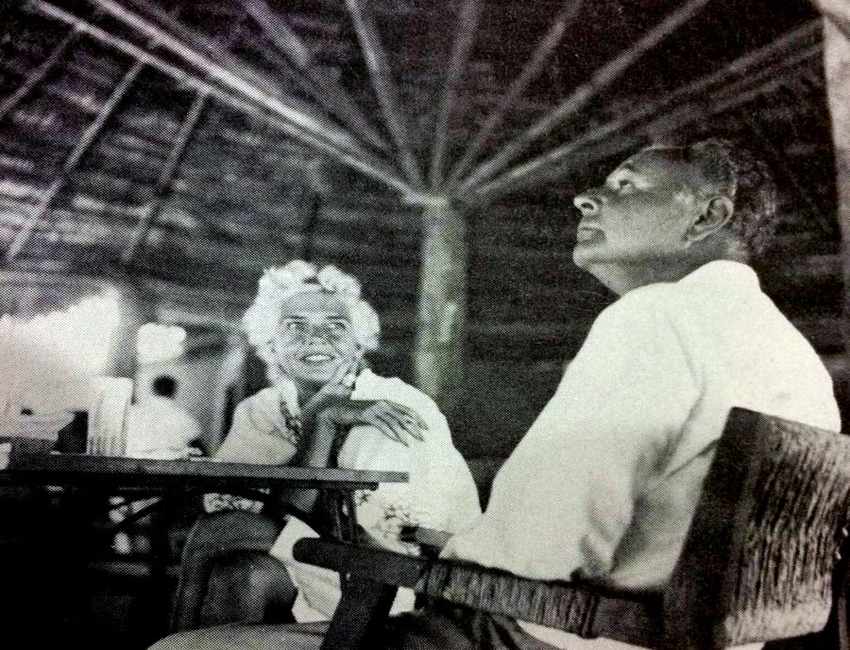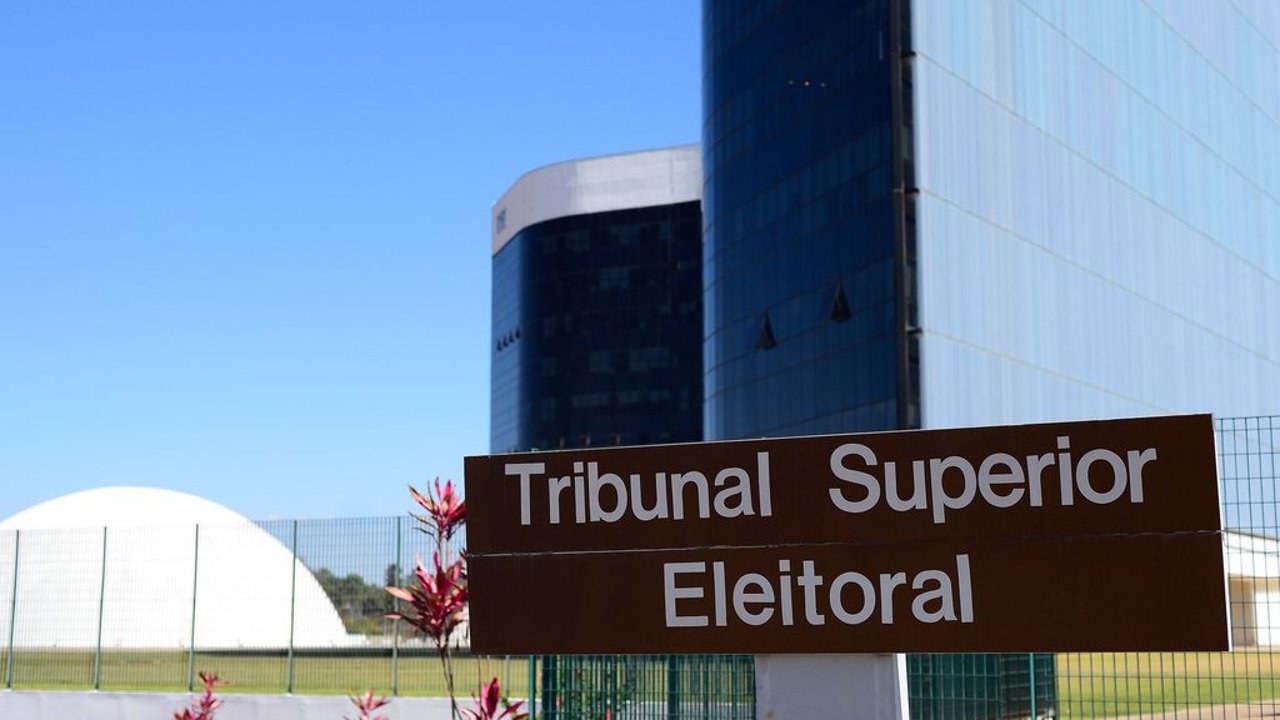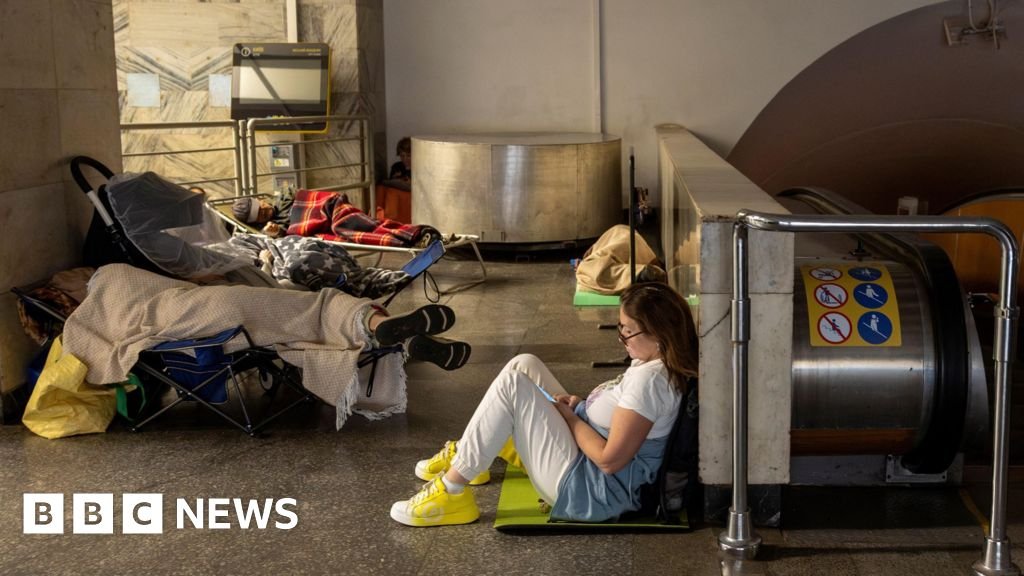From a lofty perch overlooking the clamor of Puerto Vallarta’s Malecon and the ever-buzzing Zona Romántica, where most tourists tend to cluster, lies a quiet corner of the city that often gets overlooked. Just a few elevated steps away from downtown’s cobblestone chaos is Gringo Gulch, a hillside neighborhood with a bird’s-eye view of the Bay of Banderas and a story far deeper than its gussied facades suggest.
From the vantage point of Gringo Gulch’s terraced homes, the bay yawns wide, a scene that once captivated Hollywood royalty and inspired a distinctive architectural style. Red-tiled rooftops peek through cascading bougainvillea and wrought-iron balconies spill over with potted palms. Visually classic, yes, but also the setting for a cultural exchange that helped define modern-day Vallarta.
The Gringo Gulch is a #PuertoVallarta colorfull neighbourhood, where you can take amazing photos and visit the house of Richard Burton and Elizabeth Taylor. It is truly a beautiful historical zone. pic.twitter.com/D2dWtd7IoD
— Puerto Vallarta (@PuertoVallarta) June 8, 2018
“The Gringo Gulch is more than just a group of houses on a hill,” says Puerto Vallarta historian Moisés Hernández López. “It’s a tangible symbol of the encounter between two worlds, nestled on the northern slope of the Río Cuale and surrounded by the jungle vegetation that characterizes the heart of Puerto Vallarta.”
While the Zona Romántica has become a magnet for trendy bars and pricey Airbnb rentals, Gringo Gulch holds the echoes of an early transformation. It’s the one that turned Puerto Vallarta from a quiet fishing village into a destination of global interest. In the 1950s, American and Canadian expats began settling just behind the historic center, drawn by the natural beauty, affordable real estate and the spirit of the local community. The name “Gringo Gulch” arose organically.
“‘Gulch’ fit the natural terrain of the ravine, and ‘gringo’ was used affectionately to refer to the northern newcomers,” explains Hernández.
The architectural legacy of Freddy Romero
What set this community apart was both the elevated location and the architecture. The houses were designed with intention, led by Fernando “Freddy” Romero Escalante, a visionary architect who moved to Puerto Vallarta in 1952.

“Freddy’s legacy transcended that of a mere builder,” says Hernández. “He could discern the architectural essence of the town and metamorphose it into homes that paid homage to the environment and the local forms.”
Romero’s Estilo Vallarta, an architectural style he pioneered, was rooted in the landscape. Homes were built with adobe and tile, decorated with local ceramics, gardens and wrought-iron accents that reflected colonial Mexico with a tropical twist. His designs were sensitive to the environment and the town’s identity.
Romero designed emblematic estates such as the Las Campanas complex and several others on Calles Matamoros, Mina, Galeana, Cuauhtémoc and Miramar. He was also the driving force behind the establishment of the first real estate office in the city, according to Hernández. Often, Romero would be seen navigating the narrow streets in his Jeep, tourists in tow, introducing them to what would become their second homes.
A cultural crossroads on the hill
“The foreign residents who took up residence in Gringo Gulch during the fifties and sixties not only procured properties but also assimilated themselves into the fabric of community life,” says Hernández. “They taught English classes, helped in social assistance groups like the Red Cross and Becas Vallarta, a nonprofit organization that raises funds for low-income students. Many even married locals, creating binational families.”
Figures like Berenice Starr, who founded Biblioteca Los Mangos, and the Holt family, who promoted English education, left lasting legacies that stretched far beyond the walls of their homes. Through these acts, Gringo Gulch became a community of cultural exchange.
Then the quiet hillside was thrust into the spotlight.
In the 1960s, film director John Huston arrived to shoot “The Night of the Iguana,” and with him came Richard Burton, Elizabeth Taylor and a storm of paparazzi. Though not directly involved in the film, Taylor’s presence in Puerto Vallarta, and specifically in Gringo Gulch, transformed the neighborhood into a tabloid sensation. Casa Kimberly, the cluster of homes where Taylor and Burton stayed, became a pilgrimage site for fans and gossip columnists.
While the media frenzy brought global attention, the original heartbeat of Gringo Gulch continued quietly under the radar. The neighborhood still grew organically, supported by the thoughtful work of engineers like Guillermo Wulff and Luis Favela Icaza, who helped design homes that integrated with Romero’s aesthetic and the land’s topography. Infrastructure, including water tanks, pumps and pathways, was added to meet the needs of the growing community.

Hollywood glamor, lasting charm
“Gringo Gulch represents a key chapter in the urbanist history of Puerto Vallarta,” Hernández notes. “These homes weren’t plopped down arbitrarily. They were integrated into the hillside, designed to last and to respect what was already here.”
Today, as luxury condos and high-rise hotels creep along the coast, Gringo Gulch remains largely as it was: a collection of quiet streets, shaded staircases and hidden plazas where the past still lingers in the curve of a balcony or the hand-painted tile of a doorway.
“The Gringo Gulch is regarded as more than a hillside neighborhood,” Hernández says. “It is a living testimony of how a community can be positively transformed by the coexistence of cultures. The neighborhood has become a nucleus of identity, beauty and international fraternity thanks to the pioneering spirit of men like Fernando Romero Escalante and the openness of the Vallarta community.”
Learn more about Freddy Romero in this short documentary featuring the architect’s son discussing how his father came to Puerto Vallarta in the 1950s to design homes for expats who fell in love with the area.
As visitors stream in for sunsets and street tacos, few may realize that just above them, in a leafy enclave with the best bay views in town, lies the original heart of Vallarta’s international appeal.
Getting to Gringo Gulch
Gringo Gulch is a short uphill walk from the Church of Our Lady of Guadalupe or the Rio Cuale footbridge. The stairs and cobblestones are part of the experience: Be sure to wear good shoes. Stop for a drink at Casa Kimberly’s terrace bar, or simply wander the streets and snap photos of the bougainvillea blossoms and the views that once captured the hearts of Vallarta’s original expat community.
Meagan Drillinger is a New York native who has spent the past 15 years traveling around and writing about Mexico. While she’s on the road for assignments most of the time, Puerto Vallarta is her home base. Follow her travels on Instagram at @drillinjourneys or through her blog at drillinjourneys.com.




